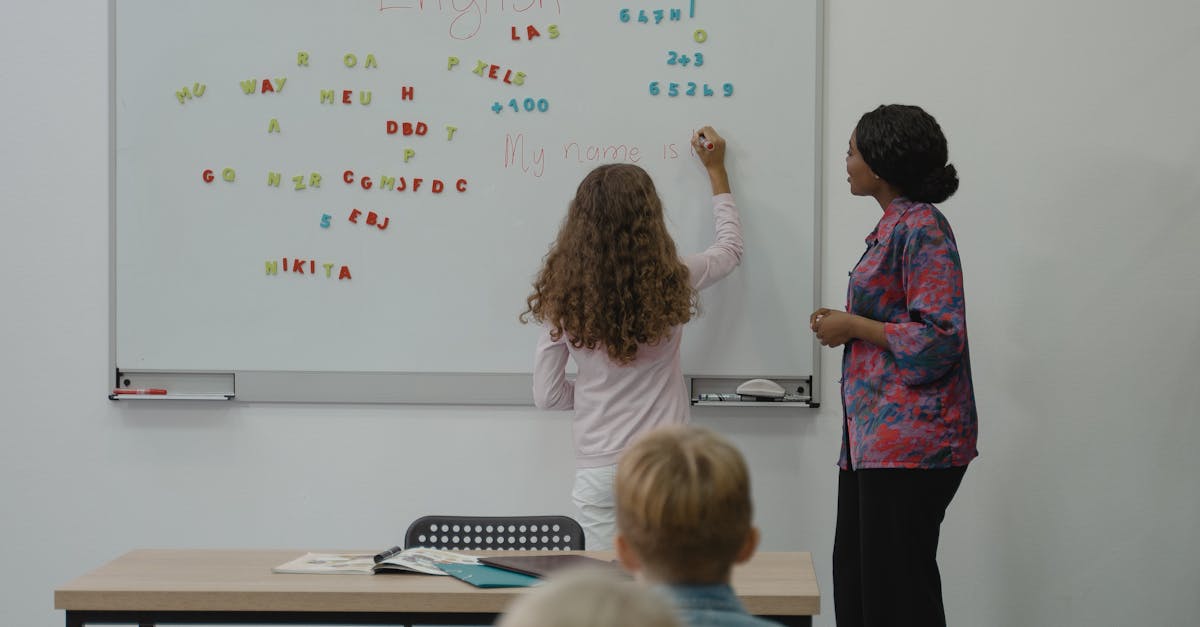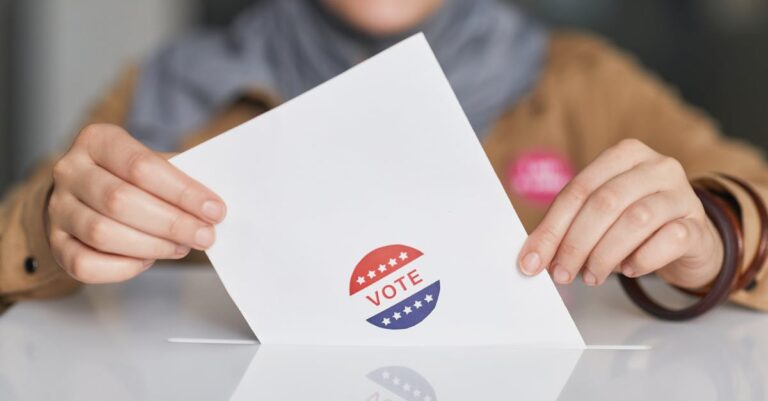
In recent years, the issue of voter suppression has become a hotly debated topic in the United States. With the upcoming midterm elections on the horizon, educators across the country are finding themselves increasingly anxious about how to address this crucial subject in their classrooms. The intersection of international and legal concepts surrounding voter suppression has given rise to a pressing need for teachers to delve into the science behind this critical issue and equip their students with the knowledge and tools necessary to navigate the complexities of the American electoral system.
Voter suppression, both historically and in contemporary times, is a tactic used to hinder or prevent certain groups of people from exercising their right to vote. This can take many forms, from restrictive voter ID laws to gerrymandering and the purging of voter rolls. The impact of voter suppression is far-reaching, disproportionately affecting marginalized communities, including people of color, young voters, and individuals with disabilities.
The international implications of voter suppression cannot be ignored, as the United States sets an example for democracies around the world. By failing to address and combat voter suppression within its own borders, America sends a message that democracy is not a priority, undermining efforts to promote fair and free elections globally.
Understanding the legal framework surrounding voter suppression is essential for educators seeking to empower their students with knowledge about their rights and responsibilities as citizens. Supreme Court decisions such as Shelby County v. Holder have weakened key provisions of the Voting Rights Act, paving the way for states to enact discriminatory voting laws with impunity. By exploring these legal precedents and the ongoing battle for voting rights in America, teachers can equip their students to become informed advocates for democracy.
Incorporating the science of voter suppression into classroom discussions can provide students with a deeper understanding of the systemic barriers that exist within the electoral process. By examining data on voter turnout, demographic trends, and the impact of voter suppression tactics, educators can empower students to critically analyze the forces at play in shaping our democracy.
As teachers grapple with how to broach the subject of voter suppression in their classrooms, it is essential to approach the topic with sensitivity and a commitment to fostering open dialogue. By engaging students in discussions about the history, legal implications, and scientific aspects of voter suppression, educators can encourage critical thinking and civic engagement among the next generation of voters.
In conclusion, the issue of voter suppression in America is a complex and multifaceted one that demands attention and action. By arming teachers with the knowledge and resources to educate their students about this critical issue, we can empower future generations to safeguard the integrity of our democracy and ensure that every voice is heard at the ballot box.









Wowza, voter suppression is like trying to keep people from the party! It’s like saying, “Sorry, you can’t boogie down with us!” But seriously, it’s important for teachers to educate students about this stuff so we can all shake our democratic groove thang together! Let’s rock the vote and
Voter suppression is bad. People should be able to vote.
Voter suppression is a big problem. It’s like, some people try to stop others from voting. That’s not cool. Everyone should have the chance to vote, right? It’s important for teachers to talk about this stuff with students, so they know what’s up. We gotta fight
wowza this is some heavy stuff to think about!! it’s like, really important for everyone to be able to vote, you know
wHy IS THIS aLwAyS sUcH a bIg PrObLeM??? LiKe SeRiOuSlY pEoPlE sHoUlD jUsT bE aBlE tO vOtE, i DoN’t UnDeRsTaNd WhY tHiS
OMG guys, like, can you believe this whole voter suppression thing? It’s so not
Wow, this post is so important ya know! Voter suppression is a big deal and we gotta talk about it more. Teachers need to teach about this stuff so we can all be better citizens and stuff. It’s like, super crucial for democracy and stuff. Let’s keep the conversation going and educate ourselves to make a difference!